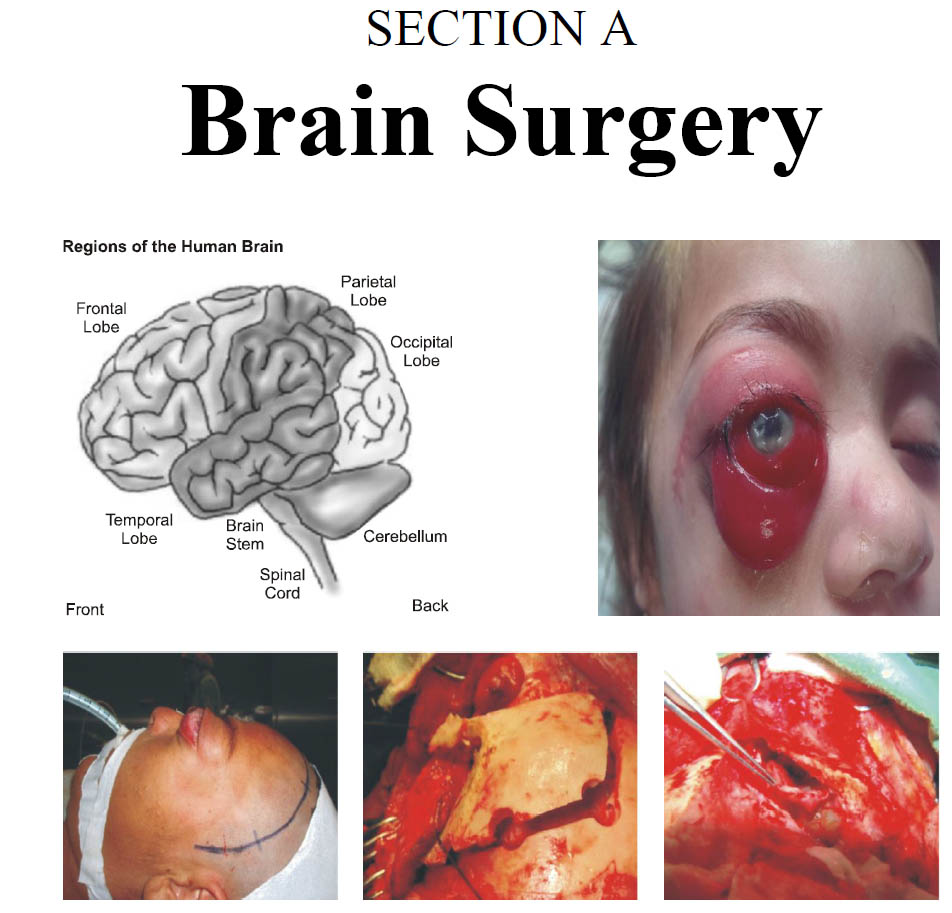Role of Early Tracheostomy in the Management of Severe Head Injury
DOI:
https://doi.org/10.36552/pjns.v23i3.358Keywords:
Severe Head Injury, Early Tracheostomy, Late Tracheostomy, ntensive Care UnitAbstract
Objective: The objective of this study was to compare the role of early and late tracheostomy in patients presenting with severe head injuries.
Material and Methods: This randomized controlled trial study was conducted in the department of neurosurgery, Lahore General Hospital Lahore from March 2018 to August 2018, after taking approval from the ethical committee. A total of one hundred and thirty patients was divided randomly into early (within three days) and late
(after three days) tracheostomy groups. After tracheostomy, data regarding acute physiology, age and chronic health evaluation II (APACHE II), the total number of days since ventilation, tracheostomy, weaning, discharge from ICU and hospital, complications and mortality were noted. All the data was entered and analyzed with SPSS
23.0. Quantitative variables were presented as mean and standard deviation, qualitative variables were presented as numbers and percentage. The Chi-square test was applied. A p-value of ?0.05 was considered significant.
Results: The mean age of the patients was 33.13 ± 2.53 years. There were 84 males (64.61%) and 46 females (35.38%) in the study. The duration of mechanical ventilation, ICU stay and stay in hospital for early and late tracheostomy groups were 25.68 ± 2.94 vs. 33.37 ± 3.32 days, 29.42 ± 2.97 vs. 38.54 ± 3.80 days and 37.20 ± 2.98 vs. 47.15 ± 3.84 days respectively. Four patients (3.08%) and seven patients (5.38%) suffered from mortality.
Conclusion: Early tracheostomy among the patients presenting with severe head injuries was associated with a better outcome than late tracheostomy.
References
2. Marx J, Walls R, Hockberger R. Rosen's Emergency Medicine-Concepts and Clinical Practice E-Book: Elsevier Health Sciences; 2013.
3. Faul M, Wald MM, Xu L, Coronado VG. Traumatic brain injury in the United States; emergency department visits, hospitalizations, and deaths, 2002-2006. 2010.
4. Hyder AA, Wunderlich CA, Puvanachandra P, Gururaj G, Kobusingye OC. The impact of traumatic brain injuries: a global perspective. Neuro-Rehabilitation, 2007; 22 (5): 341-53.
5. Bhatti JA, Stevens K, Mir MU, Hyder AA, Razzak JA. Emergency care of traumatic brain injuries in Pakistan: a multicenter study. BMC emergency medicine, 2015; 15 (2): S12.
6. Baron DM, Hochrieser H, Metnitz PG, Mauritz W. Tracheostomy is associated with decreased hospital mortality after moderate or severe isolated traumatic brain injury. Wiener klinische Wochenschrift, 2016; 128 (11-12): 397-403.
7. Lesnik I, Rappaport W, Fulginiti J, Witzke D. The role of early tracheostomy in blunt, multiple organ trauma. The American Surgeon, 1992; 58 (6): 346-9.
8. D'amelio L, Hammond J, Spain D, Sutyak J. Tracheostomy and percutaneous endoscopic gastrostomy in the management of the head-injured trauma patient. The American surgeon, 1994; 60 (3): 180-5.
9. Rumbak MJ, Newton M, Truncale T, Schwartz SW, Adams JW, Hazard PB. A prospective, randomized, study comparing early percutaneous dilational tracheotomy to prolonged translaryngeal intubation (delayed tracheotomy) in critically ill medical patients. Critical care medicine, 2004; 32 (8): 1689-94.
10. Kocaeli H, Korfal? E, Ta?kap?l?o?lu Ö, Özcan T. Analysis of intracranial pressure changes during early versus late percutaneous tracheostomy in a neuro-intensive care unit. Acta neurochirurgica, 2008; 150 (12): 1263-7.
11. Stocchetti N, Parma A, Songa V, Colombo A, Lamperti M, Tognini L. Early translaryngeal tracheostomy in patients with severe brain damage. Intensive care medicine, 2000; 26 (8): 1101-7.
12. Milanchi S, Magner D, Wilson MT, Mirocha J, Margulies DR. Percutaneous tracheostomy in neurosurgical patients with intracranial pressure monitoring is safe. Journal of Trauma and Acute Care Surgery, 2008; 65 (1): 73-9.
13. Flaatten H, Gjerde S, Heimdal J, Aardal S. The effect of tracheostomy on outcome in intensive care unit patients. Acta anaesthesiologica scandinavica, 2006; 50 (1): 92-8.
14. Zagli G, Linden M, Spina R, Bonizzoli M, Cianchi G, Anichini V, et al. Early tracheostomy in intensive care unit: a retrospective study of 506 cases of video-guided Ciaglia Blue Rhino tracheostomies. Journal of Trauma and Acute Care Surgery, 2010; 68 (2): 367-72.
15. Mohamed KAE, Mousa AY, ElSawy AS, Saleem AM. Early versus late percutaneous tracheostomy in critically ill adult mechanically ventilated patients. Egyptian Journal of Chest Diseases and Tuberculosis, 2014; 63 (2): 443-8.
16. Mahafza T, Batarseh S, Bsoul N, Massad E, Qudaisat I, Al-Layla AEe. Early vs. late tracheostomy for the ICU patients: Experience in a referral hospital. Saudi journal of anaesthesia, 2012; 6 (2): 152.

Downloads
Published
Issue
Section
License
The work published by PJNS is licensed under a Creative Commons Attribution-NonCommercial 4.0 International (CC BY-NC 4.0). Copyrights on any open access article published by Pakistan Journal of Neurological Surgery are retained by the author(s).












